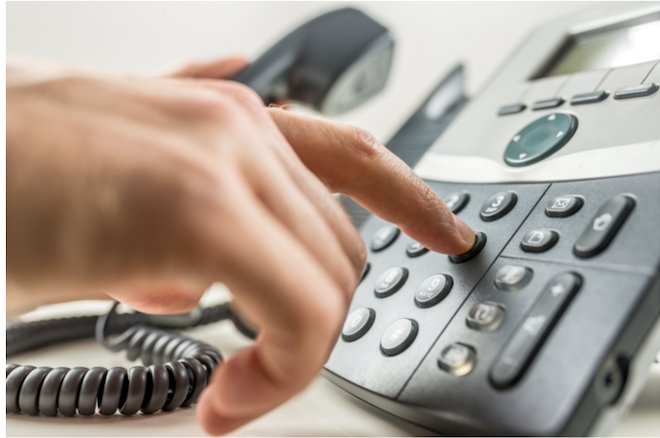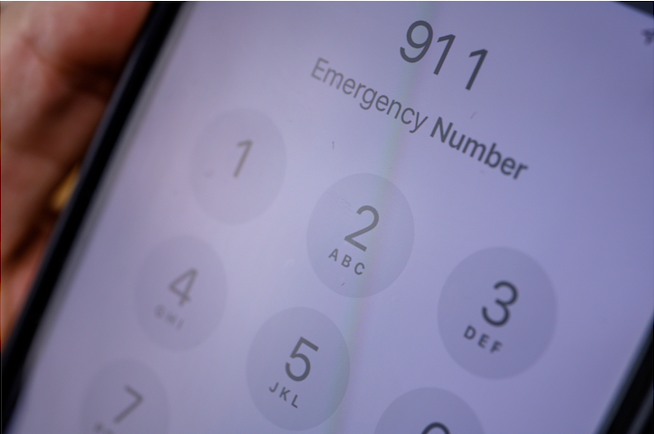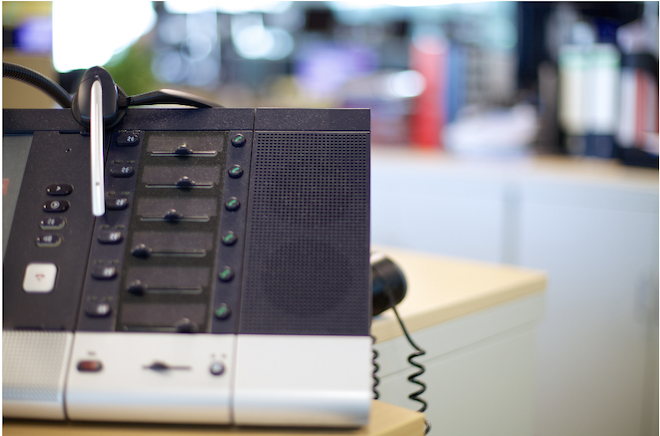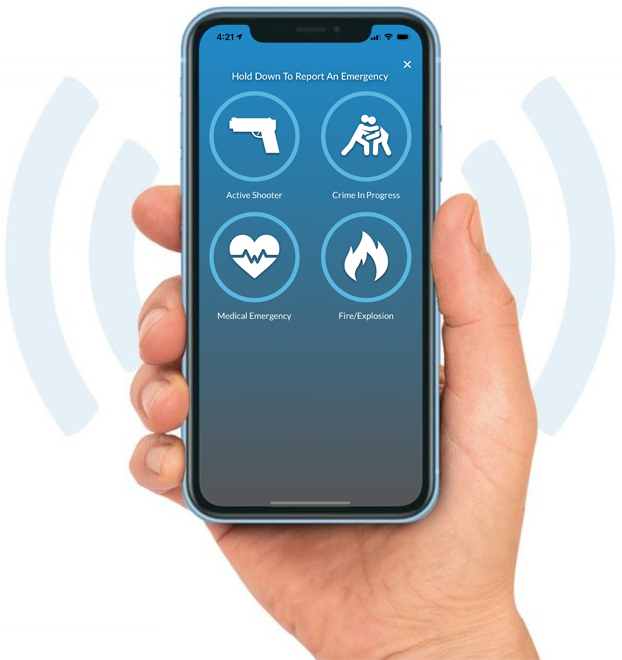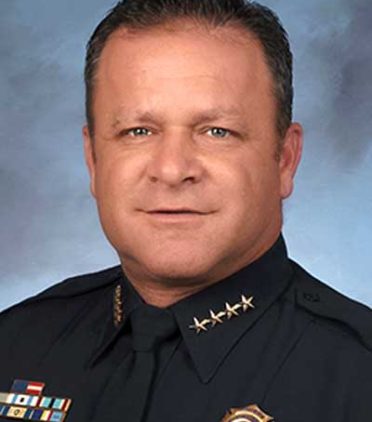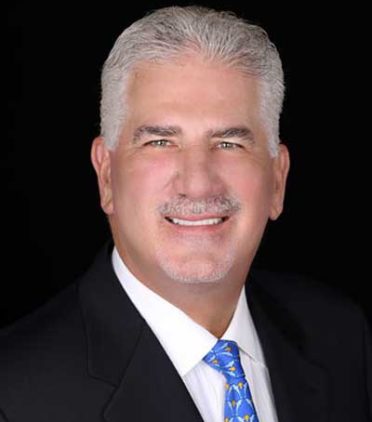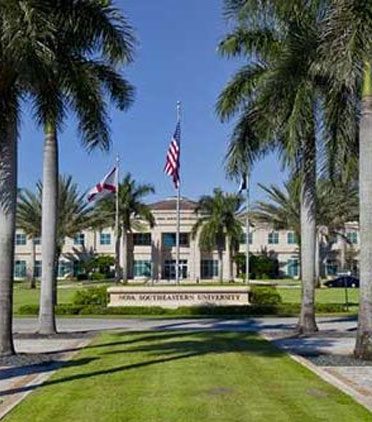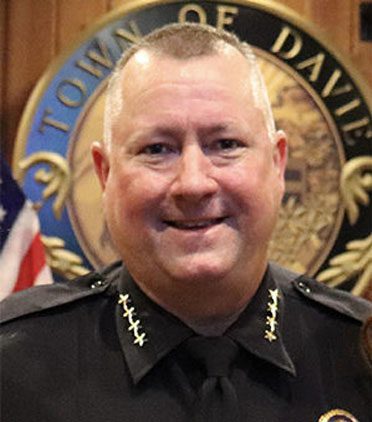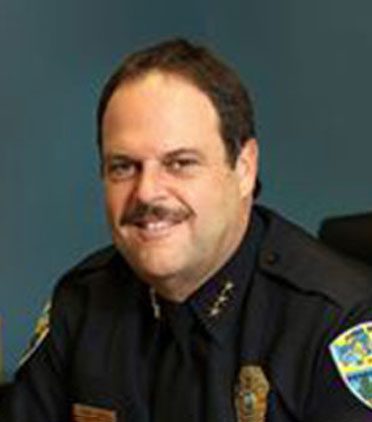What is Ray Baum’s Act and How Does it Help Communities?
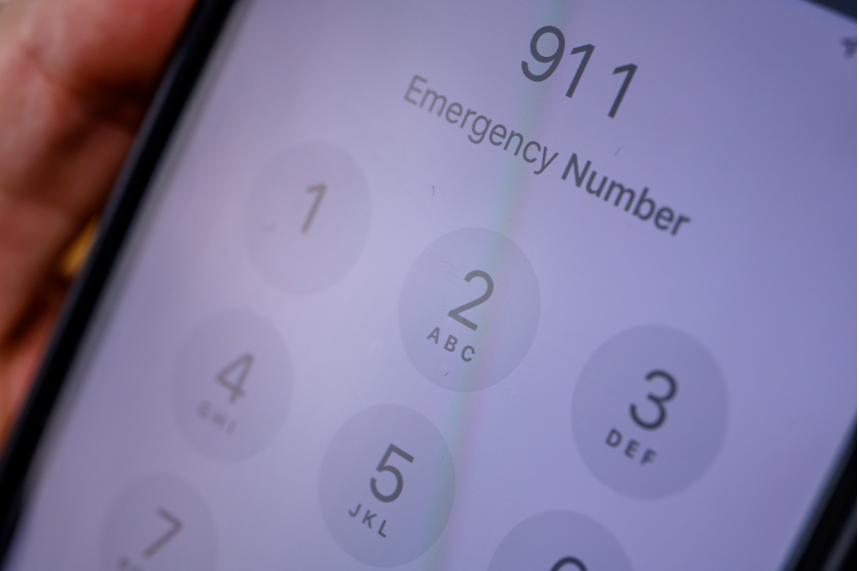
In the United States, there are an estimated 240 million calls made to 9-1-1 Emergency Services annually. 80% of these calls are made from mobile devices. The Ray Baum’s Act was developed to ensure that the public has access to immediate and effective 9-1-1 Emergency Services. What is Ray Baum’s Act and how does it help communities?
The Ray Baum’s Act ensures that all technological platforms are capable of immediate contact with 9-1-1 Emergency Services and that dispatchers have access to crucial information.
Compliance with the act requires telecommunications lines to automatically provide 9-1-1 dispatchers with the precise location of a caller. Access to this crucial information helps provide better emergency services and immediate response.
What is the Ray Baum’s Act?
Ray Baum’s Act was named after a federal lawyer and politician who served for several decades and accomplished great strides in regulations. Ray Baum worked alongside the Federal Communications Commission (FCC) on several issues related to telecommunications.
Ray Baum’s Act requires that telecommunications systems provide 9-1-1 with geographic information of the caller regardless of the platform used. The rules and regulations within the act ensure that dispatchers can respond quickly and appropriately to any emergency situation.
For example, the street address, floor, and suite number should be instantly sent to dispatchers if a call is made from an office in a multi-story office building.
How is the Ray Baum’s Act Related to Kari’s Law?
Ray Baum’s Act and Kari’s Law were both developed to provide better, faster, and more effective access to 9-1-1 emergency services. The Federal Communications Commission (FCC) has combined these laws into one order that addresses both of these acts and presents numerous compliance laws and regulations.
Kari’s Law addresses issues related to access to 9-1-1 services. Kari’s Law requires telephones to provide direct access to 9-1-1 without the need for a prefix and that designated personnel receive notification of the call.
Ray Baum’s Act was developed to address the quality of the information sent to public safety officials.
The enforcement of the laws and regulations stipulated in Kari’s Law and Ray Baum’s Act work together to protect citizens. Both laws ensure that all telecommunications lines seamlessly connect users to 9-1-1 and send critical information.
All organizations are required to utilize telecommunications technologies that are compliant with both Kari’s Law and Baum’s Act.
How Does Ray Baum’s Act Help Communities?
Ray Baum’s Act promotes increased access and improved communications with 9-1-1 Emergency Services. Compliance allows telephone systems to immediately provide information about the caller to appropriate parties, including law enforcement and medical response teams.
Immediate access to 9-1-1 caller locational information allows for an expedited response time in an emergency.
Immediate response times are critical in a medical emergency and/or an act of mass violence. Ray Baum’s Act compliance has the potential to save lives and protect citizens throughout our communities.
Ray Baum’s Act Protects:
- K-12 Schools
- Secondary Educational Establishments
- Workplaces
- Churches
- Federal Buildings
- Airports
The act also protects citizens in parks, neighborhoods, and other public locations in an emergency.
Ray Baum Act Requirements
Ray Baum’s Act went into full effect beginning in January of 2022. All organizations are required to comply with Ray Baum’s Act on all fixed and wireless telephone devices. These laws apply to anyone in charge of installing, managing, or operating a multi-line telephone system.
Ray Baum’s Act requires that all multi-line telephone systems are equipped with additional safety features. These features provide 9-1-1 dispatchers with necessary information, including precise location of the caller, in potentially critical situations.
Multi-Line Telecommunications Requirements:
1.) System must be configured to provide 9-1-1 with important information, including exact location, a callback number, etc.
2.) Must be able to dial and reach 9-1-1 directly w/o the need for a prefix or additional code.
3.) Ensure options and developments are made to help disabled users place emergency calls.
4.) Send a notification to a central location in the event that a 9-1-1 call is placed from the facility.
Emergency Response Compliance
Telecommunications law compliance complexities may vary based on the size and needs of your organization. Be sure to update all employee and business data to ensure that locations are accountable.
Remember that all telecommunications devices, including fixed lines and cellular phones must meet compliance regulations.
Failure to comply with Ray Baum’s Act requirements can result in numerous penalties, including fines and other legal repercussions. Protect your business, staff, and your community by ensuring that your telecommunications are compliant.
SaferWatch Protects Communities
SaferWatch protects communities throughout the United States with advanced emergency response technologies that prevent, stop, and save lives during a crisis. SaferWatch empowers and protects citizens with critical crime prevention tools.
SaferWatch Technologies Include:
- Mobile Panic Button
- Anonymous Reporting
- Direct Access to Medical and Law Enforcement
- Incident Management
- Advanced Security Systems
The SaferWatch application was developed to provide individuals and their families with safer proactive communities to thrive.
Reach out to SaferWatch if you are unsure of how Ray Baum’s Act affects you or your business. SaferWatch has tools, technologies, and expert advice to meet and exceed Ray Baum compliance regulations.
